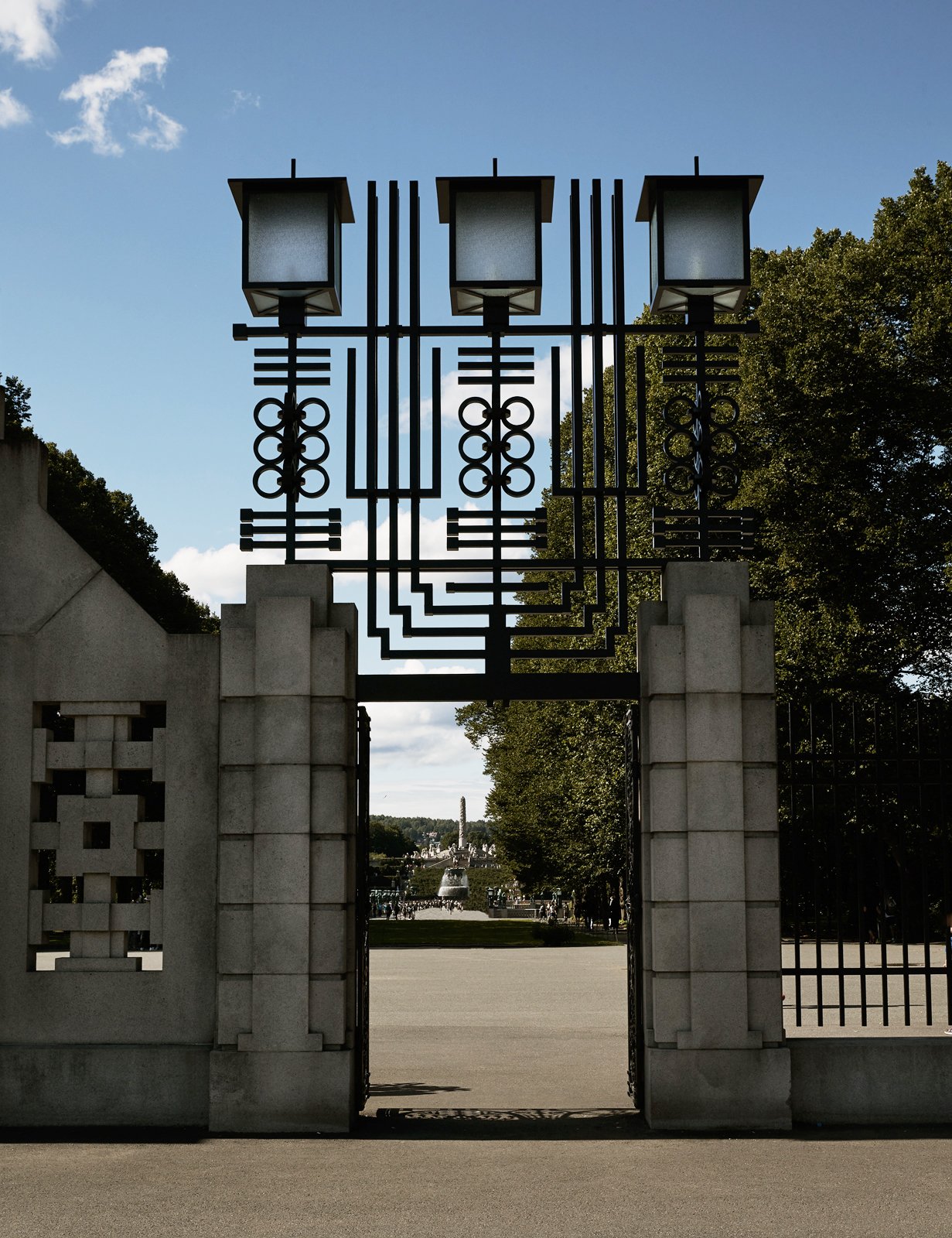Frogner Park
Nowergian sculptor Gustav Vigeland’s most impressive contribution is found in Oslo’s Frogner Park, where 212 statues are geometrically positioned, thus creating a unique introduction to his world.
Category: Gardens
Location: Oslo, Norway
Norwegian sculptor Gustav Vigeland is one of Norway’s best-known artists, mainly associated with the impressive Vigeland Park, part of Frogner Part in the eastern part of Oslo, and the capital’s main tourist attraction.
In 1921, the town of Oslo had decided to demolish Vigeland’s house in order to build a public library. As compensation, he was granted a new building where he would be able to live and work. But in exchange, Vigeland promised to donate all his subsequent works to Oslo.
His new studio was on Nobels gate (a strange coincident, as Vigeland was the designer of the Nobel Peace Prize medal), and for the next twenty years, he devoted his life to an open exhibition of his work; Vigeland Sculpture Arrangement (or Vigelandsanlegget in Norwegian) in nearby Frogner Park.
The installation features 212 bronze and granite sculptures, all designed by Vigeland, placed in a geometrical order that culminates in the Monolith (“Monolitten”), with 121 figures struggling to reach the sculpture’s top.
The bridge was the first part to be opened to the public, in 1940. It forms a 100-metre-long connection between the Main Gate and the Fountain. The fountain was originally planned to be in front of the Parliament of Norway, in Eidsvolls plass. The bridge is lined with 58 sculptures, including one of the park’s most popular, “Angry Boy”.
Don’t miss the sundial, forged in 1930, at the end of the installation’s axis, or the Wheel of Life stone sculpture, depicting four adults, a child, and a baby.
The latest addition, completed in plaster in 1942, only months before one of the models for the work, Jewish refugee Ruth Maier, was sent to Auschwitz, where she was murdered. Since 2002, a bronze cast of this work is now installed in the park, contextualizing the volatile political climate and specifically the Nazi occupation of Norway during Vigeland’s seminal years while creating the sculptures of the park.
Frogner Park
Oslo, Norway







